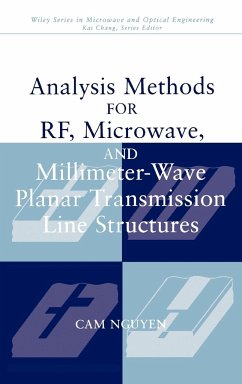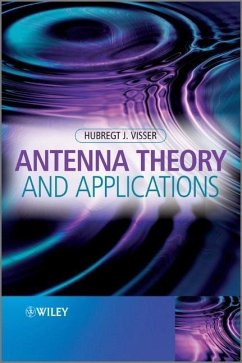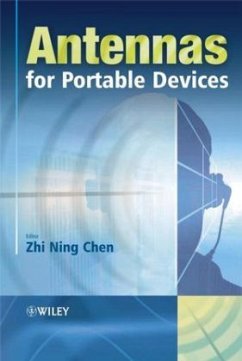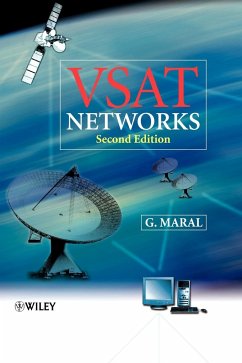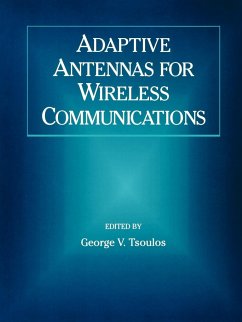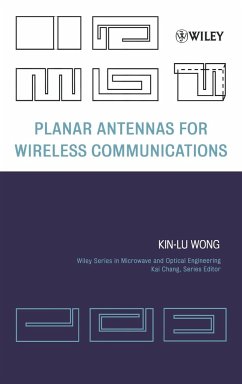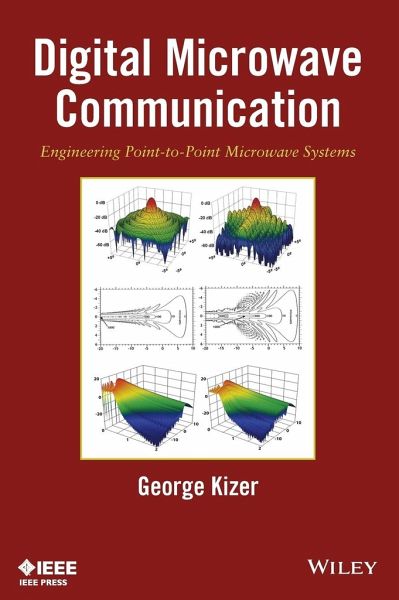
Digital Microwave Communication
Engineering Point-To-Point Microwave Systems
Versandkostenfrei!
Versandfertig in über 4 Wochen
147,99 €
inkl. MwSt.
Weitere Ausgaben:

PAYBACK Punkte
74 °P sammeln!
The first book to cover all engineering aspects of microwave communication path design for the digital ageFixed point-to-point microwave systems provide moderate-capacity digital transmission between well-defined locations. Most popular in situations where fiber optics or satellite communication is impractical, it is commonly used for cellular or PCS site interconnectivity where digital connectivity is needed but not economically available from other sources, and in private networks where reliability is most important.Until now, no book has adequately treated all engineering aspects of microwa...
The first book to cover all engineering aspects of microwave communication path design for the digital age
Fixed point-to-point microwave systems provide moderate-capacity digital transmission between well-defined locations. Most popular in situations where fiber optics or satellite communication is impractical, it is commonly used for cellular or PCS site interconnectivity where digital connectivity is needed but not economically available from other sources, and in private networks where reliability is most important.
Until now, no book has adequately treated all engineering aspects of microwave communications in the digital age. This important new work provides readers with the depth of knowledge necessary for all the system engineering details associated with fixed point-to-point microwave radio path design: the why, what, and how of microwave transmission; design objectives; engineering methodologies; and design philosophy (in the bid, design, and acceptance phase of the project).
Written in an easily accessible format, Digital Microwave Communication features an appendix of specialized engineering details and formulas, and offers up chapter coverage of:
A Brief History of Microwave Radio
Microwave Radio Overview
System Components
Hypothetical Reference Circuits
Multipath Fading
Rain Fading
Reflections and Obstructions
Network Reliability Calculations
Regulation of Microwave Radio Networks
Radio Network Performance Objectives
Designing and Operating Microwave Systems
Antennas
Radio Diversity
Ducting and Obstruction Fading
Digital Receiver Interference
Path Performance Calculations
Digital Microwave Communication: Engineering Point-to-Point Microwave Systems will be of great interest to engineers and managers who specify, design, or evaluate fixed point-to-point microwave systems associated with communications systems and equipment manufacturers, independent and university research organizations, government agencies, telecommunications services, and other users.
Fixed point-to-point microwave systems provide moderate-capacity digital transmission between well-defined locations. Most popular in situations where fiber optics or satellite communication is impractical, it is commonly used for cellular or PCS site interconnectivity where digital connectivity is needed but not economically available from other sources, and in private networks where reliability is most important.
Until now, no book has adequately treated all engineering aspects of microwave communications in the digital age. This important new work provides readers with the depth of knowledge necessary for all the system engineering details associated with fixed point-to-point microwave radio path design: the why, what, and how of microwave transmission; design objectives; engineering methodologies; and design philosophy (in the bid, design, and acceptance phase of the project).
Written in an easily accessible format, Digital Microwave Communication features an appendix of specialized engineering details and formulas, and offers up chapter coverage of:
A Brief History of Microwave Radio
Microwave Radio Overview
System Components
Hypothetical Reference Circuits
Multipath Fading
Rain Fading
Reflections and Obstructions
Network Reliability Calculations
Regulation of Microwave Radio Networks
Radio Network Performance Objectives
Designing and Operating Microwave Systems
Antennas
Radio Diversity
Ducting and Obstruction Fading
Digital Receiver Interference
Path Performance Calculations
Digital Microwave Communication: Engineering Point-to-Point Microwave Systems will be of great interest to engineers and managers who specify, design, or evaluate fixed point-to-point microwave systems associated with communications systems and equipment manufacturers, independent and university research organizations, government agencies, telecommunications services, and other users.



